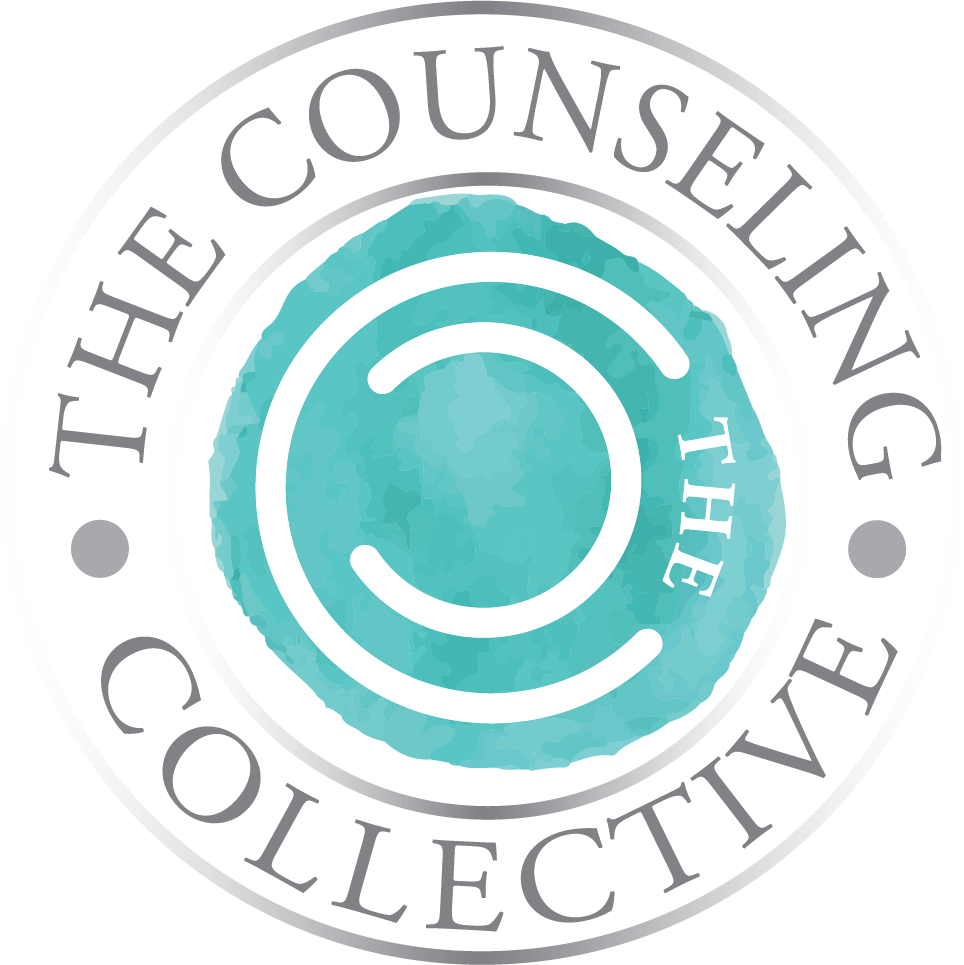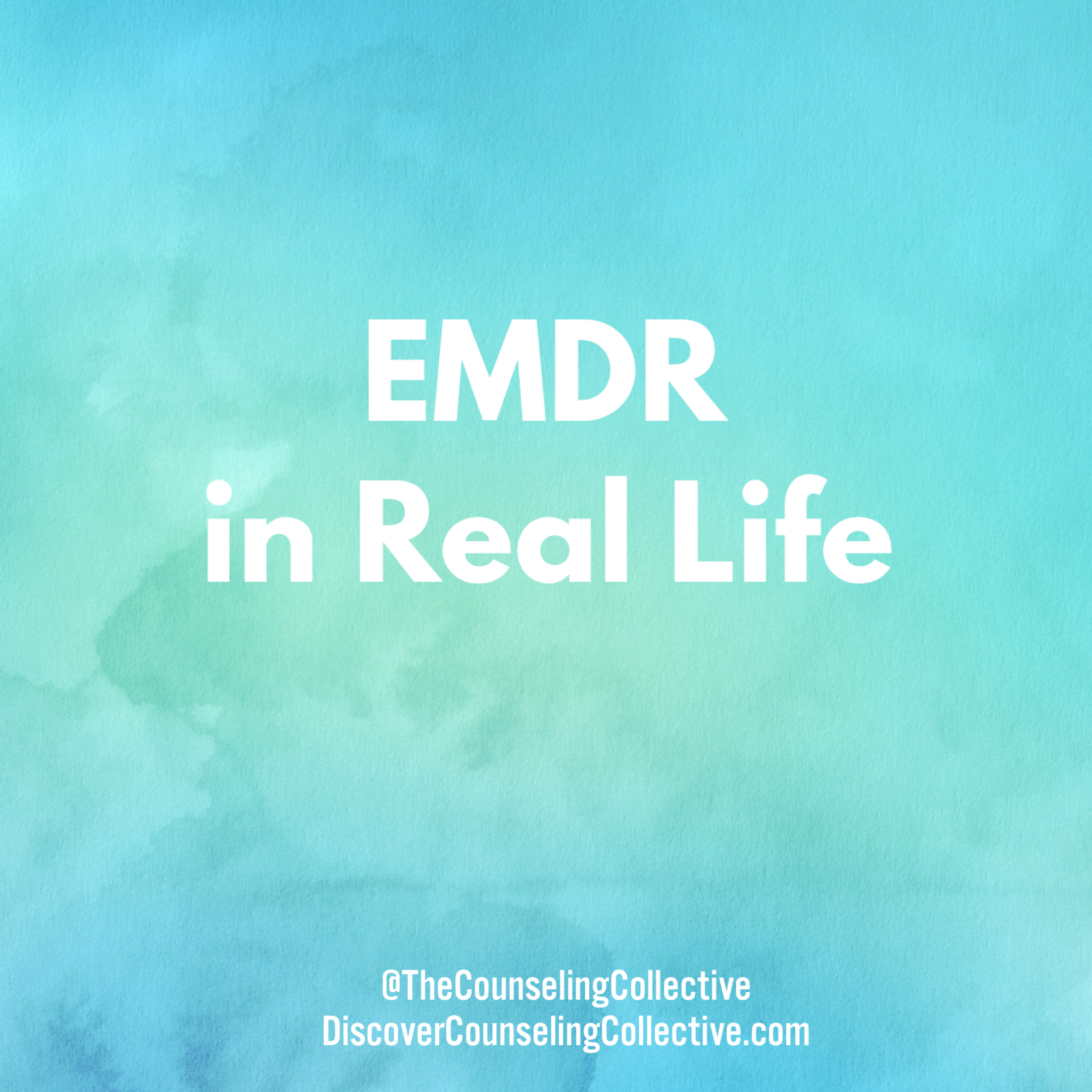EMDR 101
/By now you may have heard of a therapy technique called EMDR. EMDR stands for Eye Movement Desensitization and Reprocessing. The title sounds complex, but the explanation isn’t: simply put, basic eye movement can stimulate the brain and body to finish healing itself from traumatic memory. Discovered and honed in the late 80s by psychologist Francine Shapiro, the technique has been empirically tested, endorsed by the Department of Veteran Affairs, and even touted by a few celebrities who’ve been vocal about mental health. In this blog I’ll break down what each letter means and give a simple explanation of how each facet works.
Read MoreDealing With Uncertainty
/Uncertainty is really hard for us. As humans, we love knowing. We love knowing what to expect. We love routines. We love being certain of things. We love structure. Our brains are hard-wired to create these shortcuts for us that help us to understand our world. We are bombarded with information and stimuli to our senses every minute of the day. Our brains have developed an ability to filter out unimportant information, make judgment calls about what's not important. Based on our previous experiences, it’s a shortcut for our brain so it doesn’t have to pay attention to everything. I wrote about these shortcuts in this blog. We look to the things we are certain of to help us make sense of our world.
Read MoreTaking Care Of You
/Likely many of us are experiencing worry these days. Worry about finding toilet paper at the store when our family needs it. Worry about staying healthy. Worry about being off of work and our income being affected. Worry about being isolated from others. This new reality feels very different for us all-it’s very shocking. I want to remind you to take care of you. I’d like to offer a few tips to care for your mental wellbeing during this time:
Read MoreMy Thoughts on Brainspotting
/I’ve been incorporating Brainspotting into my therapy sessions for almost 5 months now, and I wanted to share with you some thoughts on what my clients experience with this new type of therapy. I wrote the blog An Introduction to Brainspotting which gives a brief overview, but I also wanted to talk more about the benefits I’ve seen my clients experience. This type of therapy can be used in addition to regular talk therapy. Some clients had one Brainspotting session, and then we go back to talk therapy to discuss things that came up in the Brainspotting session. Others have done several Brainspotting sessions with talk therapy mixed in. How we use this mode of therapy is up to the client.
Read More


